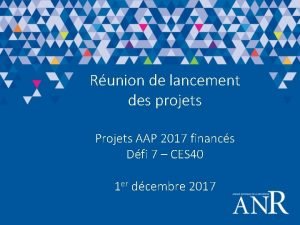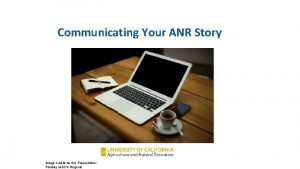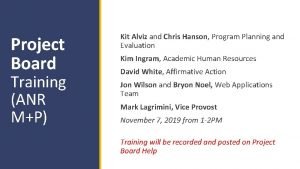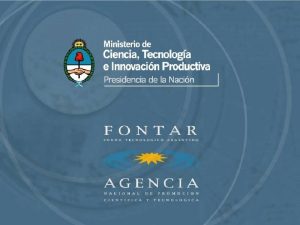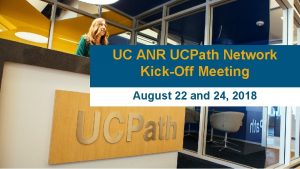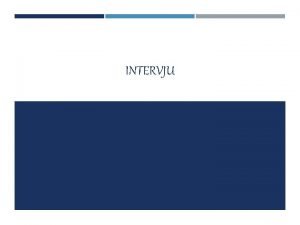UC ANR Pesticide Use Report PUR Analysis Workgroup




- Slides: 4

UC ANR Pesticide Use Report (PUR) Analysis Workgroup Tuesday, June 6, 2016 UC ANR building, 2801 2 nd Street, Davis, CA San Joaquin Valley Room

Background • Goal: to provide a forum for exchanging ideas and experiences about using the PUR database to address pest management, public health, and environmental issues. • Initiated in 2001 and the first workshop held in 2003. • Usual attendance about 30 -80 people Diverse group includes UC ANR farm advisers, specialists, UC faculty members and students, Federal and State agency scientists, county ag commissioners, growers and non-profit organizations. • Speakers from in-state and out-of-state who are experts in using the PUR database. • Most of the presentations are online at http: //agis. ucdavis. edu/PUR/reports. htm

Accomplishments • Informs stakeholders about the value of the PUR database in pesticide-related research – Example: • There are now over 270 PUR-based publications by a diverse range of authors (List of citations available at http: //agis. ucdavis. edu/publications/journals. html) • Provides opportunity for researchers to learn both the strengths and weaknesses of the database, and how to best address any challenges – Example: • Overviews of new error checking, and data gathering techniques presented • Systematic training of the PUR data structure and reporting compliance analysis • Acts as a driving force for continual improvements to the PUR data – Examples: • New Cal. Ag. Permits system implemented to improve data quality and timely error checking • New error checking procedures added for problems identified by workgroups • School PUR database • Obtains grants from relevant agencies, and identifies collaborators – Example: • Grant from National Park Service to work Minghua’s lab at UCD on mapping pesticide drift for identifying monitoring sites • Acts as a resource for networking, collaboration, and inspiration

Agenda • • • • 8: 00 -8: 25 Registration 8: 25 -8: 30 Introduction – Minghua Zhang, Chair of the PUR analysis workgroup 8: 30 - 8: 35 “PUR data helps DPR make California a better place” – Mr. Brian Leahy, Director of California Department of Pesticide Regulation. 8: 35 -8: 40 “The joys and challenges of managing PUR” – Mr. Joe Damiano, Branch chief of Pest Management and Licensing, California Department of Pesticide Regulation 8: 40 -9: 05 “The use of PUR and monitoring data for the protection of surface waters in California” by Dr. Dan Wang, Environmental Monitoring Branch, California Department of Pesticide Regulation 9: 05 -9: 30 “How, Why, and So What? Answers from the School Pesticide Use Data Steward” by Mr. Eric Denemark, California Department of Pesticide Regulation 9: 30 - 9: 55 “Air Pollution Challenges: Protecting the air we breathe by using PUR data as part of the regulatory development process” by Dr. Rosemary Neal, CDPR 9: 55 -10: 20 “Pesticides, Parks, and Priorities: A Tool for Monitoring Pesticides in California Natural Areas” by Mr. Erik Meyer, National Park Service 10: 20 -10: 45 Break 10: 45 -11: 10 “Using farmer data to improve pest management in California citrus” by Dr. Jay Rosenheim, Department of Entomology and Nematology, UC Davis 11: 10 -11: 35 “Economic effects of regulations restricting pesticide applications near schoolsites” by Dr. John Steggall, CDFA 11: 35 - 12: 00 “Using Behavior to Change Behavior: the value of PUR data in entomology education and extension programs” Mr. David Haviland, UC Cooperative Extension, UC ANR. 12: 00 -12: 30 Discussion on what is next and summary 12: 30 Workshop ends
